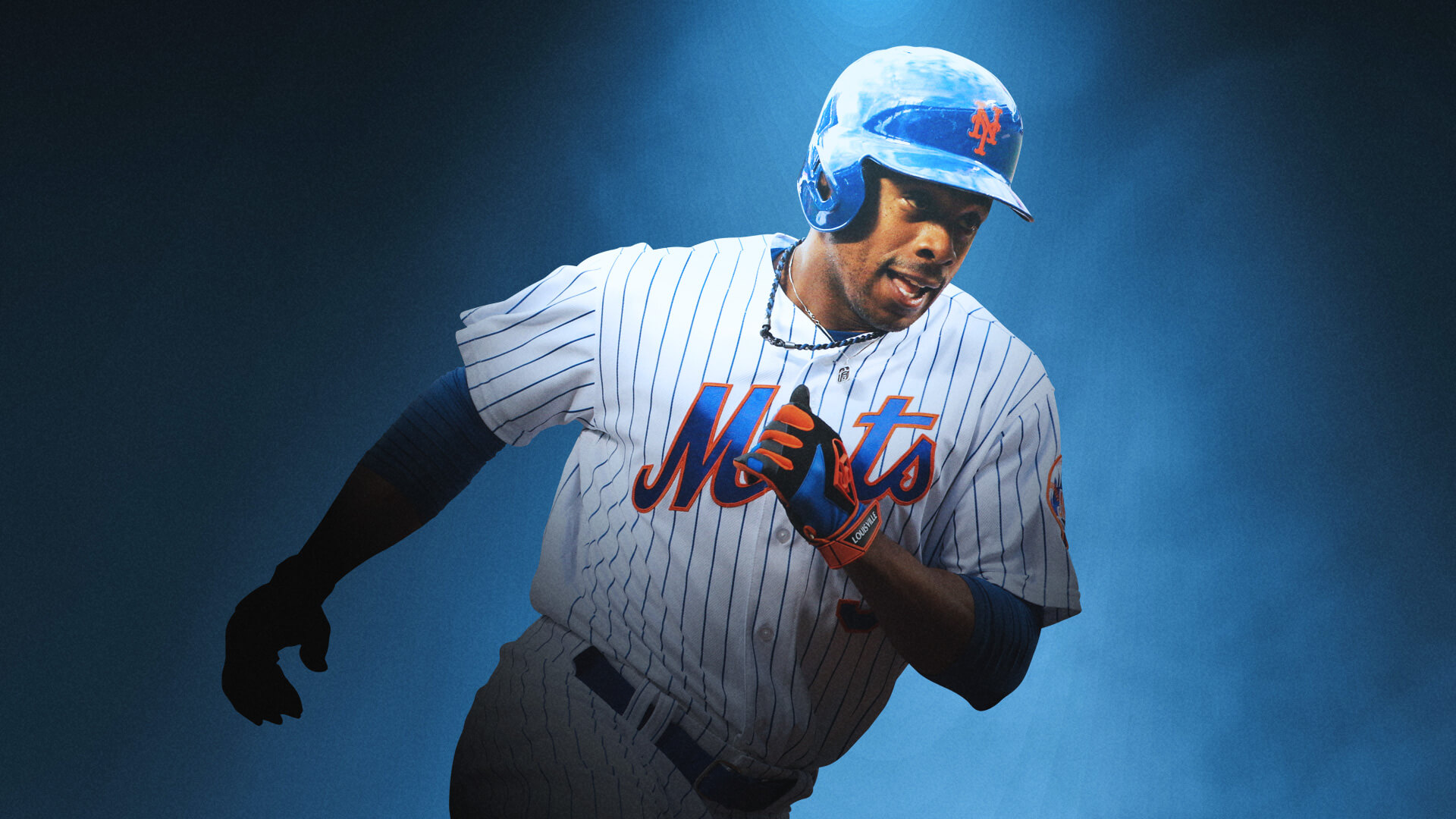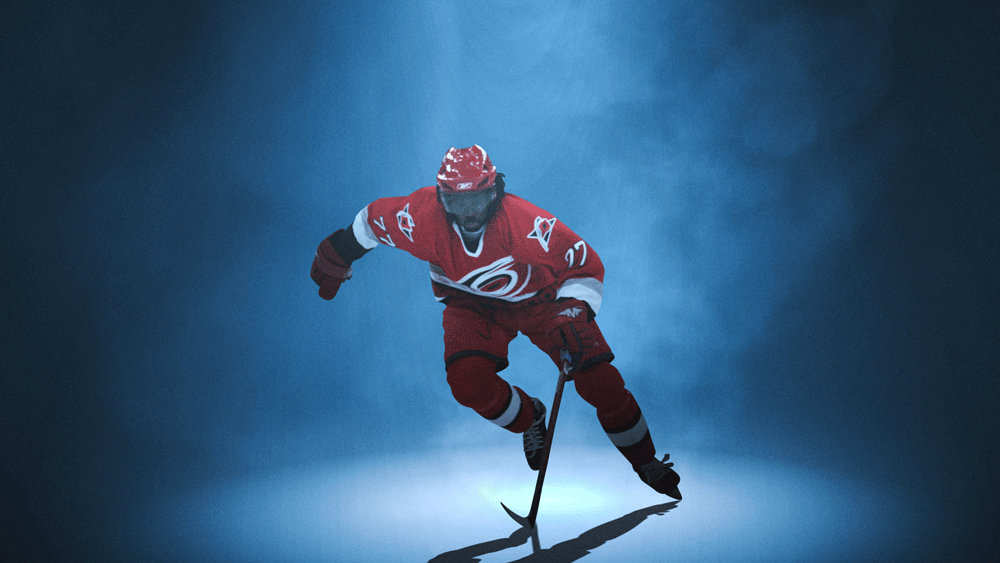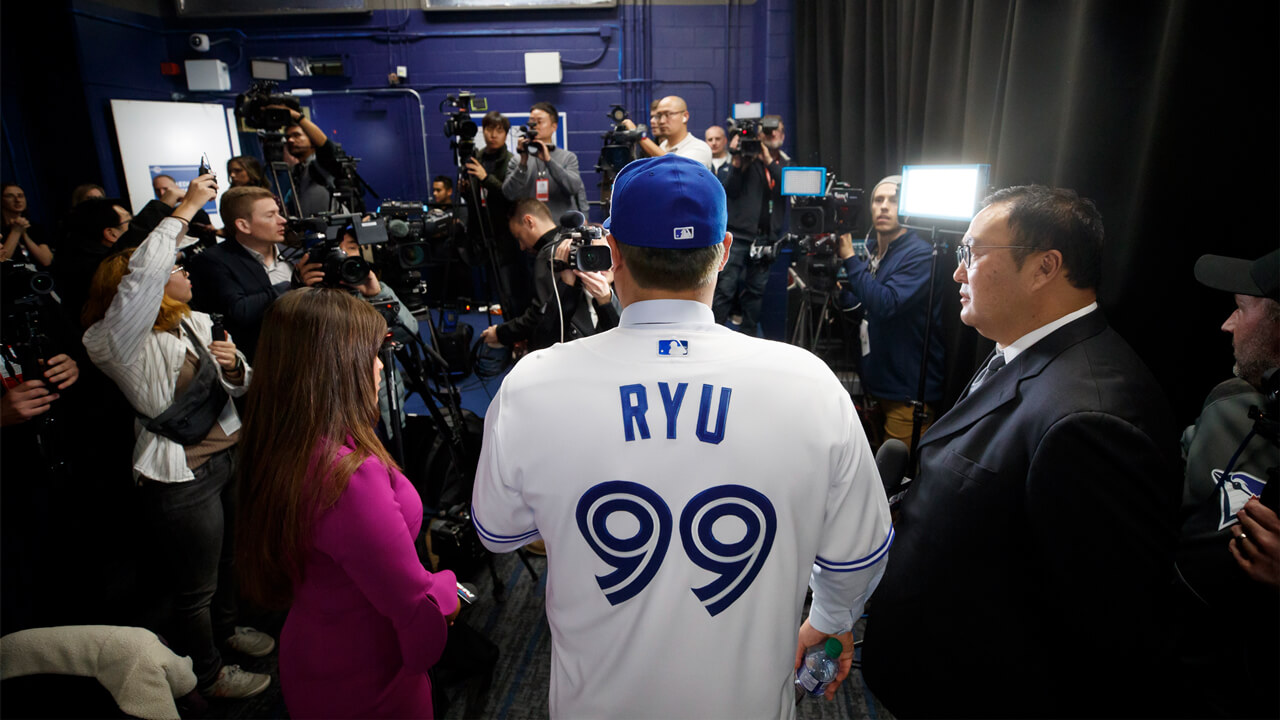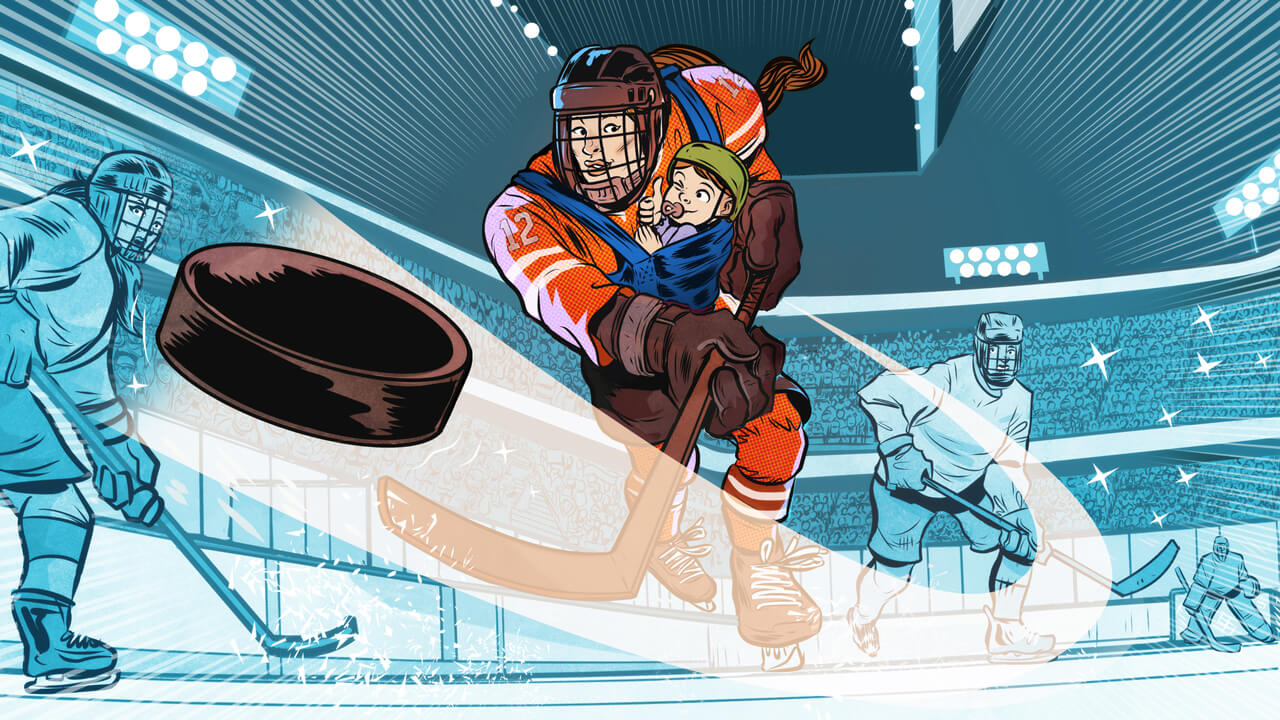J.T. Brown had never met or spoken with Akim Aliu as of late November 2019. Yet, immediately after Aliu shared his story of racial abuse at the hands of then-Calgary Flames head coach Bill Peters, Brown’s phone was flooded with messages seeking comment. A winger with the AHL’s Iowa Wild, Brown knew his words would carry weight because of his own controversial anthem protest during his time with the Tampa Bay Lightning. He was also keenly aware that there’s a lot more to lose than gain for Black players asked to comment on racially sensitive issues. “Because if we do say something wrong, I feel like it may be more criticized than somebody else saying something wrong,” Brown says.
As he had done in the past, Brown turned to his agent, Eustace King, for advice. He wasn’t the only one. King, who represents several Black hockey players, including Wayne Simmonds, Chris Stewart and Devante Smith-Pelly, fielded calls from clients as well as athletes he doesn’t even work with.
King helped players evaluate the nuances of their local markets and develop key talking points to deliver when they spoke with media: First, they should acknowledge the unfortunate incident that happened and offer empathy. Then, draw parallels to similar scenarios that may have existed in their own experience. Next, King advised players to talk about how the Aliu situation made them feel and what they think should happen as a result.
“Players now have to understand that the expectation on them, unfortunately, is that any time there is a racially provoked incident, the Black player or minority player on the team has to be the spokesperson,” says King, who has been a certified agent since 2004 and has also worked on the NHL’s Diversity Task Force, which has since grown into the Hockey is for Everyone program.
“You do want to come across that you’re educated because the media themselves are educated. And you need to make sure that you say things that are appropriate because there are repercussions. You say the wrong quote or the wrong sound bite, and now it is something that leads the story.”








